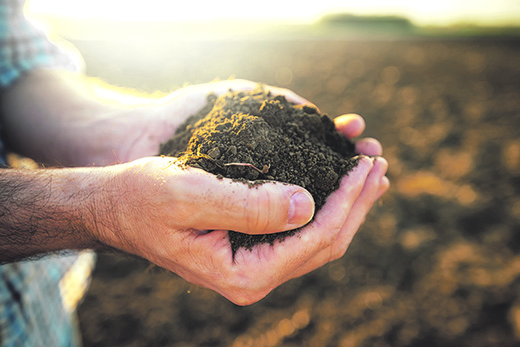The history of fertiliser use on New Zealand farms has really come full circle, from seabird droppings at the birth of the industry to liquid seaweed today.
What has not changed however, is fertiliser’s part in boosting the growth of pasture, crops and commercial forests.
The Fertiliser Association of New Zealand says most soils contain some nutrients and can support plant growth even if it is very slow.
“But, when faster growth is important – as in farm crops and pasture – then so long as soil moisture levels are satisfactory, fertiliser will be needed.”
The fertiliser industry began in this country in 1867 when guano (seabird droppings) was first imported for use on farms.
FANZ says this was at a time when nutrients from the ash of forests burnt during land clearance had run out, and crops and pastures began to fail.
Sulphur Point, now part of the Port of Tauranga complex, takes its name from a sulphur works set up for fertiliser production in 1878.
The raw material, previously coming chiefly from Sicily, was sourced from White Island in the Bay of Plenty.
Next came the ‘super’ era, with the first shipment of superphosphate landed in New Zealand in 1880. A lack of phosphorous had been identified as the main deficiency in most of this country’s soils.
Two years later, New Zealand production of superphosphate got under way including a plant at Mt Maunganui.
Manufacture and use of superphosphate grew dramatically from less than 50,000 tonnes in 1885 to a peak of 3.1 million tonnes in 2001-2002.
From the early 1990s came the ‘urea era’ as farmers strived to get greater production from their land. Urea is rich in nitrogen, which the FANZ says promotes leaf growth in pasture.
By 2003, the use of urea and diammonium phosphate had surged, but recent years has seen the industry produce or import a much greater range and quantity of ‘multi-nutrient’ products.
Many ‘niche businesses’ make, import or sell alternative fertilisers. These are derived from raw materials including worm compost and liquid seaweed.
This is known as ‘biological farming’, with a focus on healthy soils via diverse soil microbes.
Some companies now also use a combination of conventional and organic systems.
The environmental impact of fertilisers on farmland has increasingly come under the spotlight of local authorities and advisory agencies.
Recommendations include a nutrient budget and a nutrient management plan for all farms.
For further information, talk to your local fertiliser company rep or farm consultant.



0 Comments
Leave a Comment